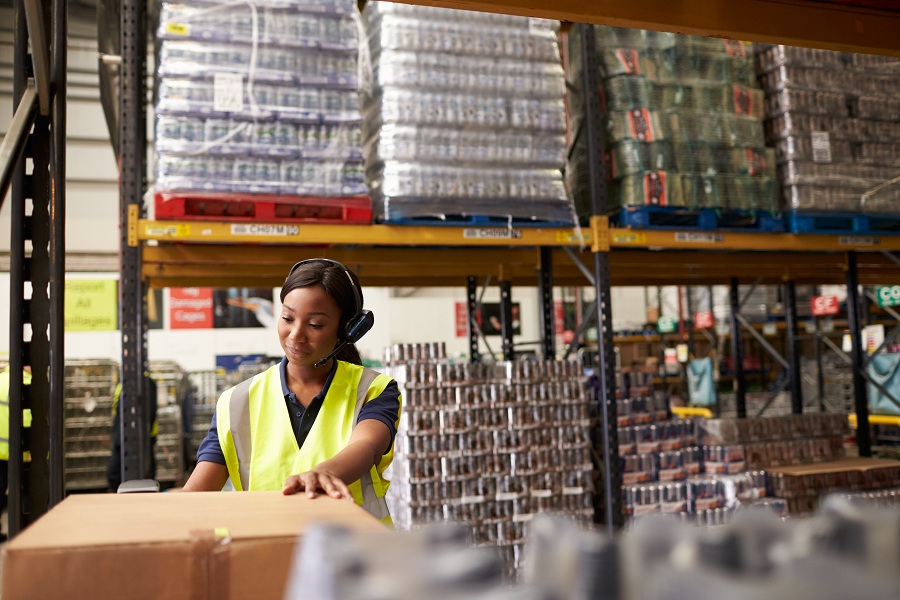Unlike linear or 1D barcodes, two-dimensional (2D) barcodes can encode much more data and can provide additional application flexibility. While not every application will benefit from using these types of barcodes, 2D scanning can improve your business operations in three important ways:
Increased Flexibility
2D scanning relies on imaging barcode scanners, which take pictures of barcodes and then use software to decode the information by analyzing the black and white markings. While in the past imaging was slower and more expensive than laser scanning solutions, it is now just as fast and is available at a much lower cost than before.
More importantly, 2D scanners can read both 1D and 2D codes, so they are much more versatile. By deploying a 2D scanning solution, companies are equipped to read any type of label or part mark that enters the facility. For example, Honeywell’s Granit series includes linear imaging scanners that can scan nearly any type of barcode symbology, and are rugged enough for both industrial and warehouse applications.
For many applications, 2D imaging scanners also provide the ability to take photos with the scanner — to verify a shipment, or to document package or part damage, for example.
By leveraging a 2D scanning solution across multiple applications and types of codes, you can lower your overall hardware investment and accelerate your ROI.
Improved Scan Speed and Reliability
2D imagers can read barcodes in any direction, unlike laser scanners which require the bar codes to be positioned correctly for an accurate read. This can improve scanning speed and efficiency by allowing employees to scan labels more quickly.
2D scanning solutions can also read barcodes in any direction on any surface, regardless of how the scanner or label are positioned. This also improves productivity because employees can successfully scan codes more quickly.
These scanners can also read damaged or poorly printed barcodes, which was difficult or impossible with laser scanners. Imagers have a greater tolerance for reading misprinted or faded barcodes. Imagers can also extract information from codes that have been damaged or from labels that have been partially torn — a common occurrence in warehouse and industrial applications.
For fixed-position or conveyor-based systems, using a 2D scanning solution means that labeled items don’t have to be correctly positioned to ensure a reliable scan. Operators can spend less time configuring boxes and more time performing value-added tasks or increasing throughput on a shipping or production line.
Increased Data Capacity
2D barcodes can hold significantly more information than 1D codes. While linear barcodes can only encode a few dozen characters, and have space limitations (to add more data, the code itself has to get physically longer), 2D codes can store hundreds or thousands of characters.
Some 2D codes have enough density to store images, sound, and other data as well. And where linear bar codes can only store simple codes that must be tied back to a database, the larger amount of data available in the 2D scanning solution means that information can be stored at the point of activity.
For example, important production information about an aerospace part can be encoded directly on the part. Anyone along the supply chain can then access that data, whether they are connected to the manufacturer’s systems or not. This is important for field service, maintenance, and regulatory compliance applications.
2D codes can also direct users to a website to access additional information about a product or other types of data.
2D scanning solutions offer increased flexibility, data capacity, and scan performance. While 2D barcodes are not necessarily the best fit for every application, the technology offers some significant performance benefits over 1D scanning that should be considered when designing your barcode system.




